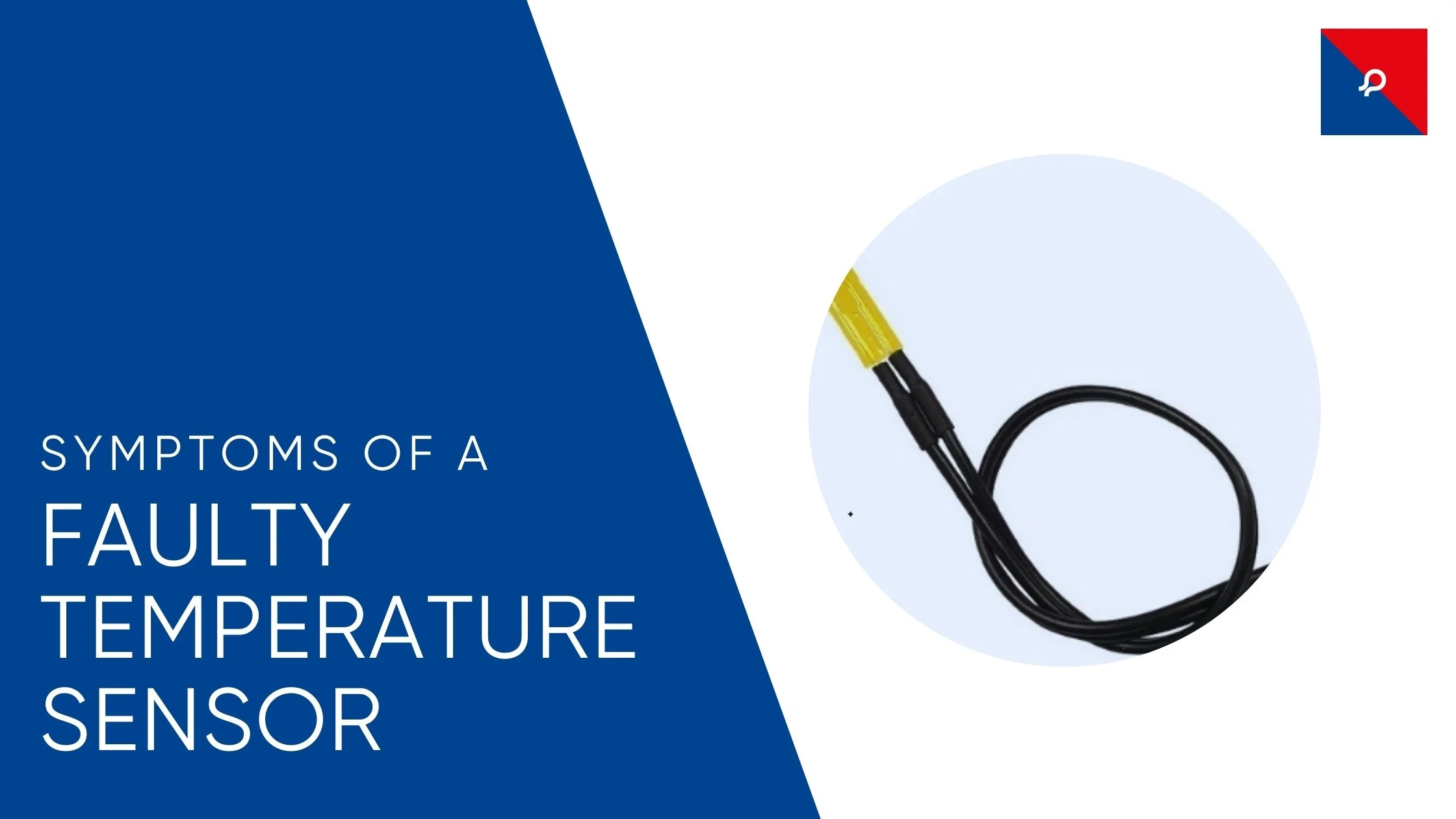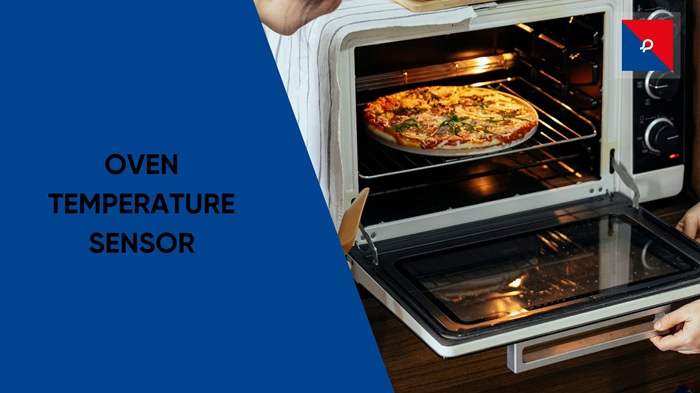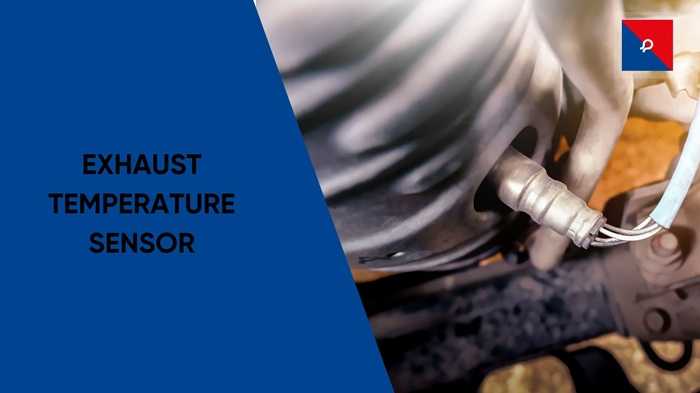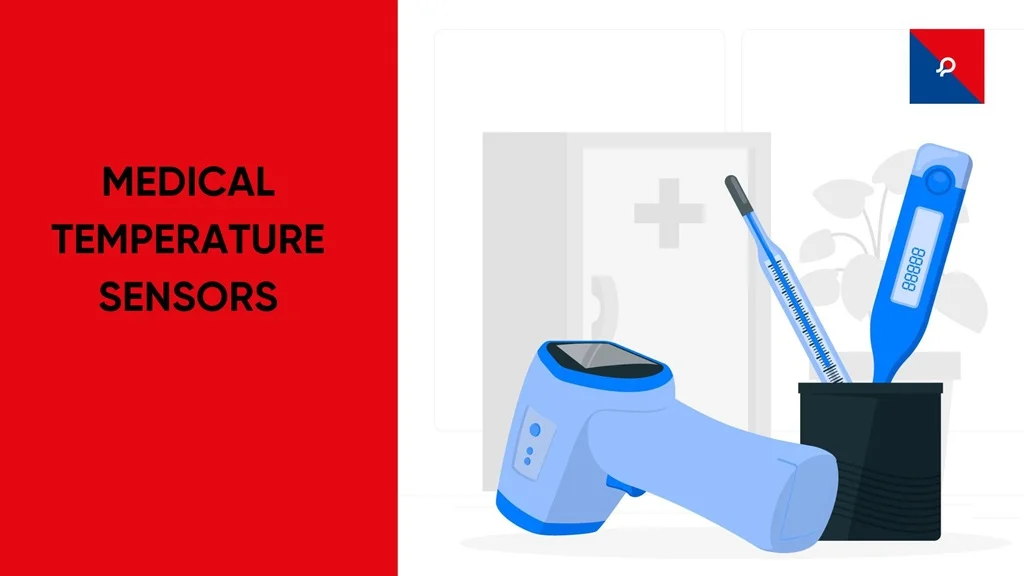
Your vehicle's temperature sensor plays a crucial role in monitoring engine temperature and ensuring everything runs smoothly. However, like any other component, it can fail over time. A faulty temperature sensor can cause various issues, from poor fuel efficiency to engine overheating. In this article, we’ll explore the symptoms of a faulty temperature sensor, helping you identify potential problems before they lead to costly repairs
.
What Does a Temperature Sensor Do?
Before diving into bad coolant temp sensor symptoms, let’s understand what this component does. The temperature sensor, often called the coolant temperature sensor (CTS) or engine coolant temperature (ECT) sensor, monitors the engine’s temperature by measuring the coolant's heat levels. It sends this data to the engine control unit (ECU), which adjusts fuel injection, ignition timing, and cooling fan operation accordingly.
When this sensor malfunctions, the ECU receives incorrect readings, leading to engine performance issues. Here’s how you can tell if your temperature sensor is going bad.
Common Symptoms of a Bad Temperature Sensor
1. Check Engine Light Turns On
One of the first signs of a bad temp sensor is the check engine light illuminating on your dashboard. Since the ECU relies on temperature data for efficient operation, an incorrect reading can trigger a warning light. If you notice this, it’s best to use an OBD-II scanner to check for error codes related to the temperature sensor.
2. Poor Fuel Efficiency
A faulty coolant temp sensor symptoms may send incorrect temperature readings, making the ECU think the engine is either too hot or too cold. This can lead to excessive fuel consumption. If you notice your car using more fuel than usual, a failing temperature sensor could be to blame.
3. Engine Overheating or Running Cold
Your engine needs to maintain an optimal temperature for efficient performance. A temperature sensor failure can lead to overheating if the ECU doesn’t activate the cooling fans at the right time. Conversely, it may cause the engine to run too cold, leading to poor performance.
If you see the temperature gauge fluctuating abnormally or your engine frequently overheats, it’s time to inspect the coolant temperature sensor.
4. Black Smoke from the Exhaust
If the ECU receives incorrect coolant temperature readings, it might cause an overly rich fuel mixture (too much fuel compared to air). This excess fuel burns incompletely, producing thick black smoke from the exhaust. If you notice this, have your sensor checked immediately, as prolonged fuel imbalance can damage other engine components.
5. Difficulty in Starting the Engine
A bad coolant temp sensor symptoms can make it difficult to start your car, especially in cold weather. If the ECU believes the engine is already warm when it’s actually cold, it won’t inject the right amount of fuel, leading to hard starts or frequent stalling.
6. Cooling Fan Malfunction
A key function of the coolant temperature sensor is to signal the cooling fan when the engine gets too hot. If the sensor fails, the fan may not turn on at all, causing overheating. On the other hand, it may also stay on continuously, draining your battery unnecessarily.
7. Erratic Temperature Readings
Your temperature gauge should display steady and accurate readings. If you notice fluctuations in temperature readings, such as sudden spikes or drops, your temperature sensor may be faulty. This can make it difficult to determine the actual engine temperature, increasing the risk of overheating or underheating.
8. Rough Idling and Engine Misfires
Since the temperature sensor affects fuel delivery and ignition timing, a malfunction can cause rough idling, engine misfires, or even stalling. If your engine feels shaky or sluggish at idle, it could be due to incorrect temperature readings affecting the fuel-air mixture and combustion timing.
9. Thermostat Issues
The coolant temperature sensor and thermostat work together to regulate engine temperature. If the sensor sends incorrect data, the thermostat may not function properly, leading to overheating or cooling issues. If you’ve replaced your thermostat but still experience overheating, the temperature sensor could be the actual problem.
What Causes Temperature Sensor Failure?
Now that you know the symptoms of a faulty coolant temp sensor, let’s look at what causes it to fail:
- Normal Wear and Tear: Over time, sensors can degrade due to continuous exposure to heat and coolant.
- Coolant Contamination: Old or dirty coolant can damage the sensor’s internal components.
- Electrical Issues: Corroded or loose wiring can lead to inaccurate readings or sensor failure.
- Physical Damage: Accidental impact or rough handling during repairs can damage the sensor.
How to Diagnose a Faulty Temperature Sensor
If you suspect faulty coolant temp sensor symptoms, here’s how you can check it:
- Use an OBD-II Scanner: This tool can detect error codes related to the coolant temperature sensor (e.g., P0115, P0117, or P0118).
- Check the Temperature Readings: Compare the temperature sensor readings with an infrared thermometer to verify accuracy.
- Inspect the Wiring: Look for corroded or damaged wires that may be affecting the sensor’s performance.
- Test the Sensor with a Multimeter: A resistance test can determine if the sensor is working correctly.
How to Fix or Replace a Faulty Temperature Sensor
If you confirm a temperature sensor failure, follow these steps to replace it:
- Let the Engine Cool Down: Always work on a cold engine to avoid burns.
- Locate the Temperature Sensor: It’s usually near the thermostat housing or radiator.
- Disconnect the Sensor: Unplug the wiring harness and remove the sensor using a wrench.
- Install the New Sensor: Screw in the replacement sensor and reconnect the wiring.
- Refill Coolant if Necessary: If you lost any coolant, top it off to maintain proper levels.
- Start the Engine and Check Readings: Ensure the new sensor is working correctly by monitoring temperature readings.
JR Sensors - Your Temperature Sensors Solution
The company JR Sensors operates as a leading innovator devoted to developing high-precision sensors that benefit automotive sectors along with healthcare applications and IoT systems. JR Sensors stands out because their products demonstrate reliability together with cutting-edge technology that optimizes performance efficiency and safety. Light detection and ranging sensors from JR Sensors function to deliver solutions for environmental monitoring together with industrial automation because of their response to modern demands in an interconnected world. JR Sensors builds the future of smart technology through its dedication to quality innovation as it produces sensors one by one.
Conclusion
A faulty coolant temp sensor symptoms can cause significant engine problems if left unchecked. From poor fuel economy to overheating and starting issues, recognizing these bad coolant temp sensor symptoms early can save you from expensive repairs.
If you notice any of the above signs of a bad temp sensor, don’t ignore them. A quick diagnosis and replacement can restore your vehicle’s performance and prevent further damage. If you're unsure, consult a mechanic to get it professionally inspected.
By staying aware of these symptoms of a faulty temperature sensor, you can keep your engine running smoothly and efficiently.

Burnt Biscuits? Blame the Sensor – The Hot Truth About Your Oven’s Temperature Troubles
If your oven’s cooking like it’s got a mind of its own, your temperature sensor might be the silent saboteur. From half-baked casseroles to scorched cookies, we break down how this little sensor works, why it matters, and how to fix it—without losing your cool (or your dinner). A fun, practical guide that’s just as useful as it is digestible.

Hot Stuff: Why Your Engine Can’t Live Without an Exhaust Temperature Sensor
Think exhaust sensors are just another car part? Think again. These tiny guardians track fiery exhaust temps, protect turbos, keep emissions in check—and even help you pass that dreaded test. Dive into the witty, down-to-earth guide on how EGT sensors silently save your engine (and your wallet) every day. Bonus: You’ll sound like a car guru by the end.

Tiny Tech, Big Impact: Inside the World of Medical Temperature Sensors
Discover how medical temperature sensors work, why they're crucial in healthcare, and how health sensors are transforming modern medical diagnostics. From wearable tech to high-precision devices, learn about the different types of temperature sensor medical devices used today.